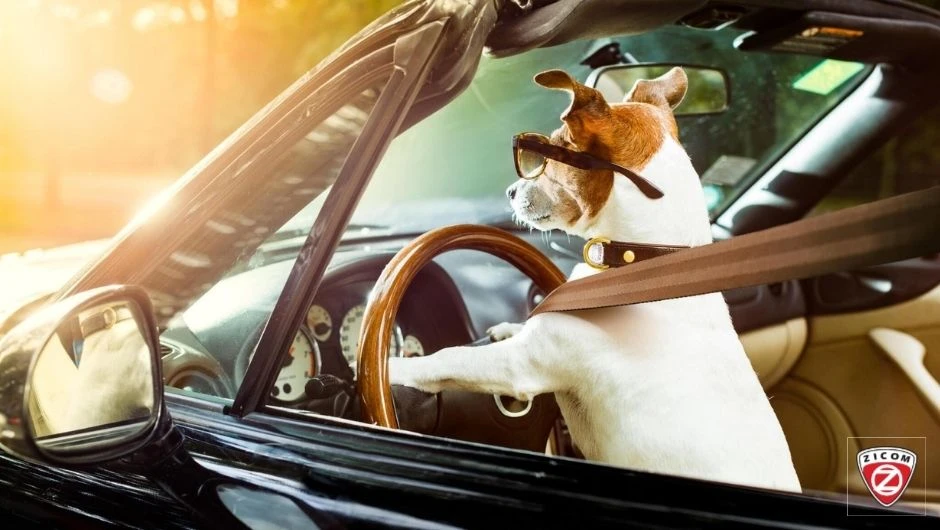
Tailored Pet Safety Solutions: Customizing Plans for Diverse Pet Needs
Posted on March 21, 2024
Introduction
Pets come in all shapes, sizes, and temperaments, each with their own set of needs and preferences. In this blog, we delve into the importance of customizing pet safety plans to accommodate the unique requirements of different pets, ensuring their safety and well-being.
Pets are not one-size-fits-all, and recognizing and accommodating their individual needs is essential for ensuring their safety and well-being. Here’s a detailed elaboration of how pet owners can tailor safety plans to meet the unique requirements of their furry companions:
Assessing Pet Characteristics: Every pet possesses its own set of characteristics, behavior patterns, and health considerations. By thoroughly assessing these individual traits, pet owners can gain valuable insights into their pets’ personalities, preferences, and vulnerabilities. Understanding factors such as breed, age, temperament, and medical history enables pet owners to customize safety plans that cater to their pets’ specific needs and circumstances. For example, a timid cat may require extra precautions to prevent escape or injury, while an energetic dog may benefit from additional exercise and stimulation to reduce boredom and destructive behavior.
Adapting to Lifestyle and Environment: Pet safety plans should be tailored to accommodate the pet’s lifestyle and environment. Whether the pet resides indoors or outdoors, in a rural or urban setting, or shares its living space with other pets or family members, customized solutions ensure that safety measures are aligned with the pet’s unique circumstances. For instance, an indoor cat may require environmental enrichment activities to prevent boredom and stress, while a large dog living in a busy city may need extra training and supervision to navigate crowded streets safely.
Customizing Pet Safety Strategies: Customizing pet safety strategies involves choosing appropriate safety equipment and implementing behavior modification techniques tailored to the pet’s needs:
Choosing Appropriate Safety Equipment: Pet owners should select safety equipment that suits their pet’s size, breed, and temperament. Whether it’s a sturdy leash and harness for walking, a secure crate or carrier for travel, or a pet-safe enclosure for outdoor play, choosing the right products is crucial for enhancing safety without causing discomfort or restriction. For example, brachycephalic breeds may require specialized harnesses to prevent breathing difficulties, while small animals such as rabbits or guinea pigs may benefit from secure enclosures to protect them from predators.
Implementing Behavior Modification Techniques: Pets with specific behavioral challenges or tendencies may require customized safety plans that involve implementing behavior modification techniques. By addressing fear-based aggression, separation anxiety, or other behavioral issues through positive reinforcement training, desensitization, and counterconditioning, pet owners can help their pets develop healthier habits and reduce the risk of accidents or injuries. For example, a dog that exhibits food aggression may undergo behavior modification training to promote more peaceful meal times, while a cat prone to scratching furniture may benefit from environmental enrichment and alternative scratching surfaces.
Conclusion
In conclusion, tailored pet safety solutions are vital for meeting the diverse needs of different pets. By understanding individual characteristics, adapting to lifestyle and environment, and customizing safety strategies accordingly, pet owners can create a safe and nurturing environment that promotes their pets’ well-being and happiness.



 WP Digitals
WP Digitals